Boysen offers a wide variety of readily available paint colors. But there’s no harm in trying to mix your own paint colors for fun—especially if you’re into pastels! Before you buy your Boysen paints and colorants, brush up on your color theory knowledge by taking this test.
If you want to get a perfect score, check out these articles about the color wheel and the basics of mixing paint colors.
Read:
The Color Wheel Using Boysen Colorants
Basic Color Schemes To Help You Create a Paint Palette
Can you pass this color test with flying colors?
All of these colors are primary colors except:

Green is a secondary color, which is created by mixing two primary colors together. In this case, you can get green if you mix blue and yellow.
Which one is an example of analogous colors?
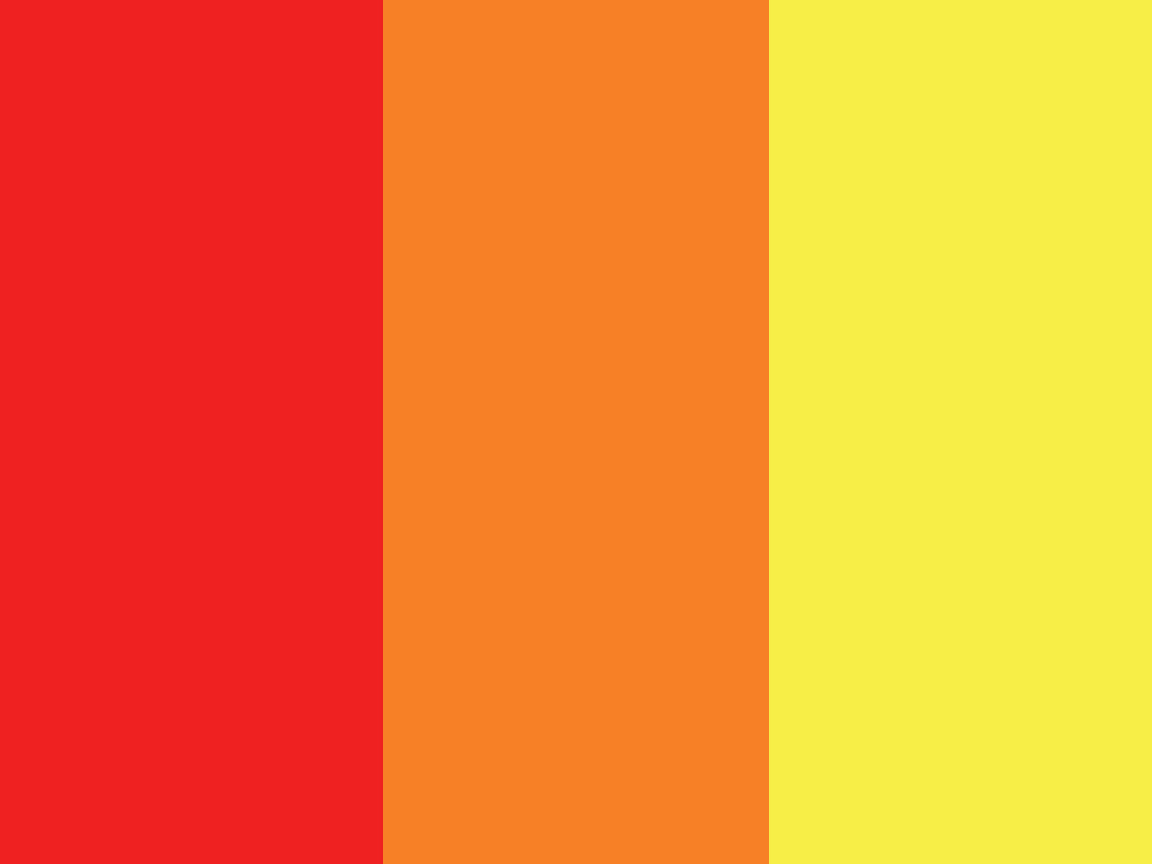
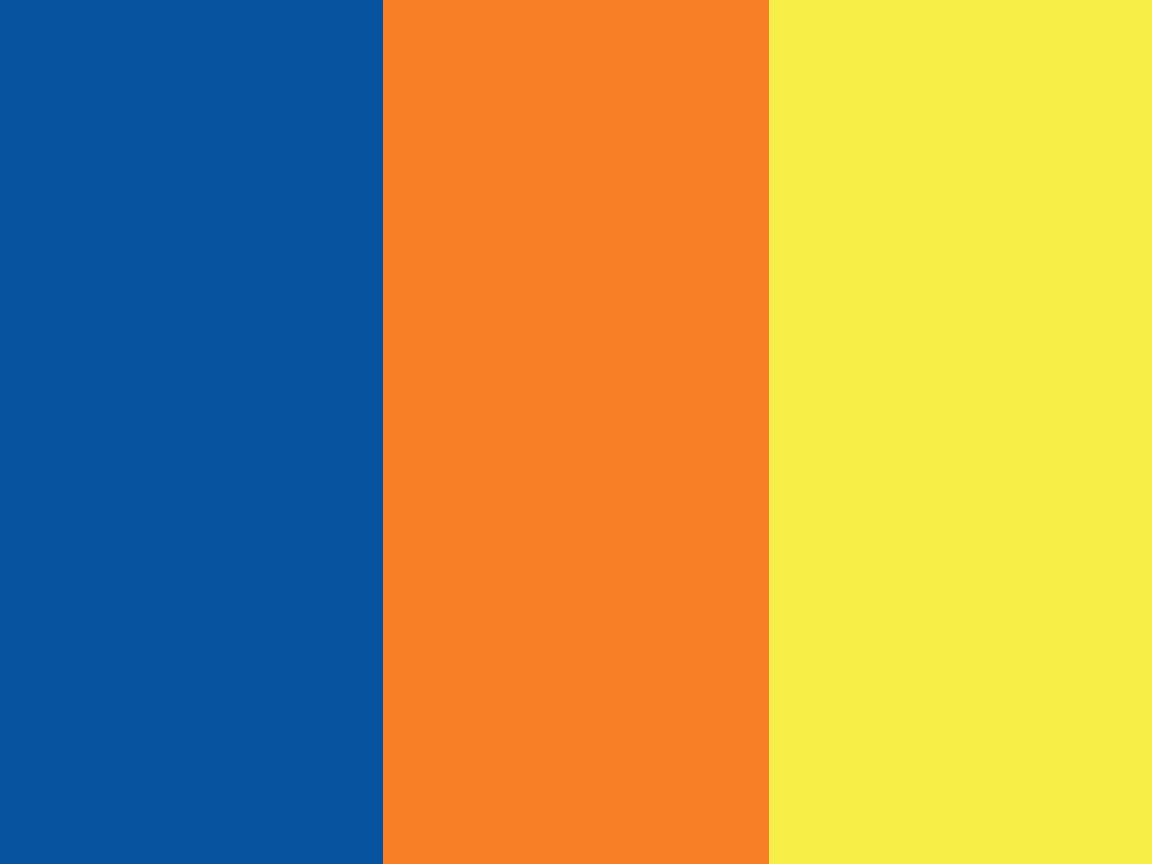
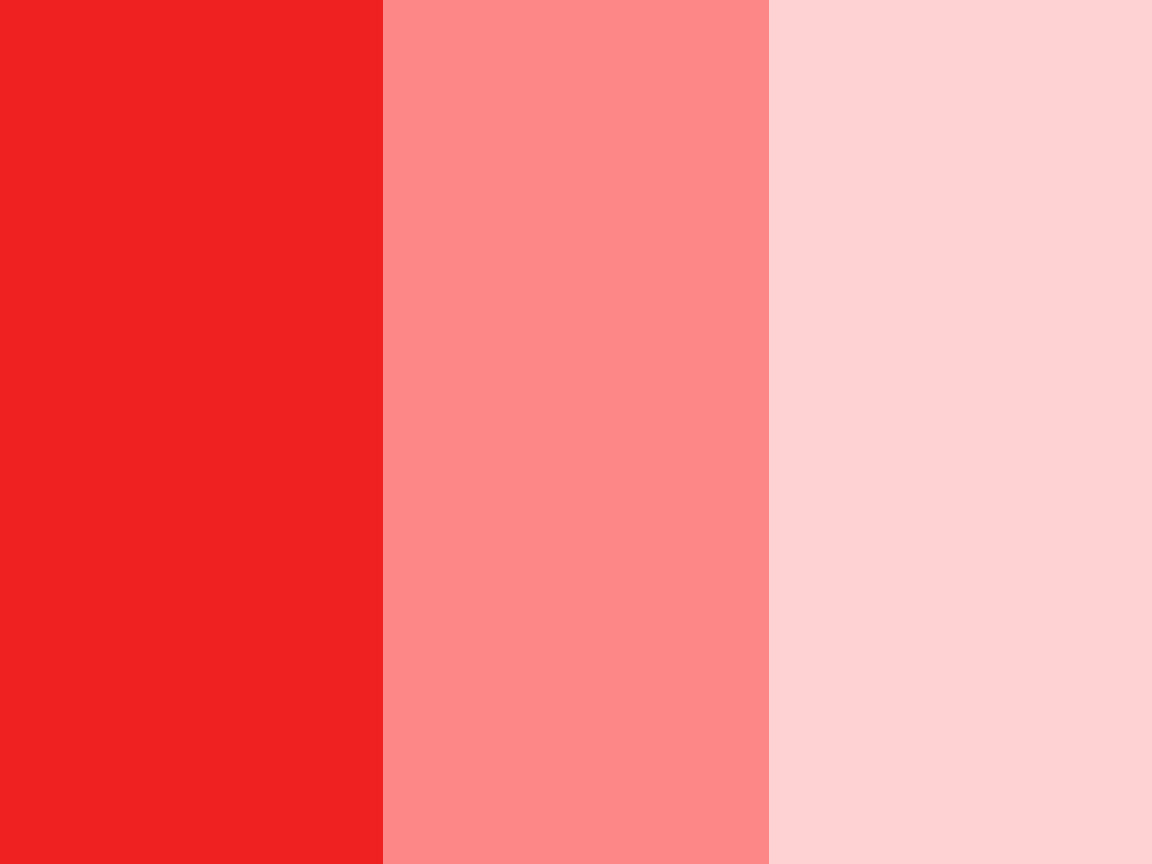
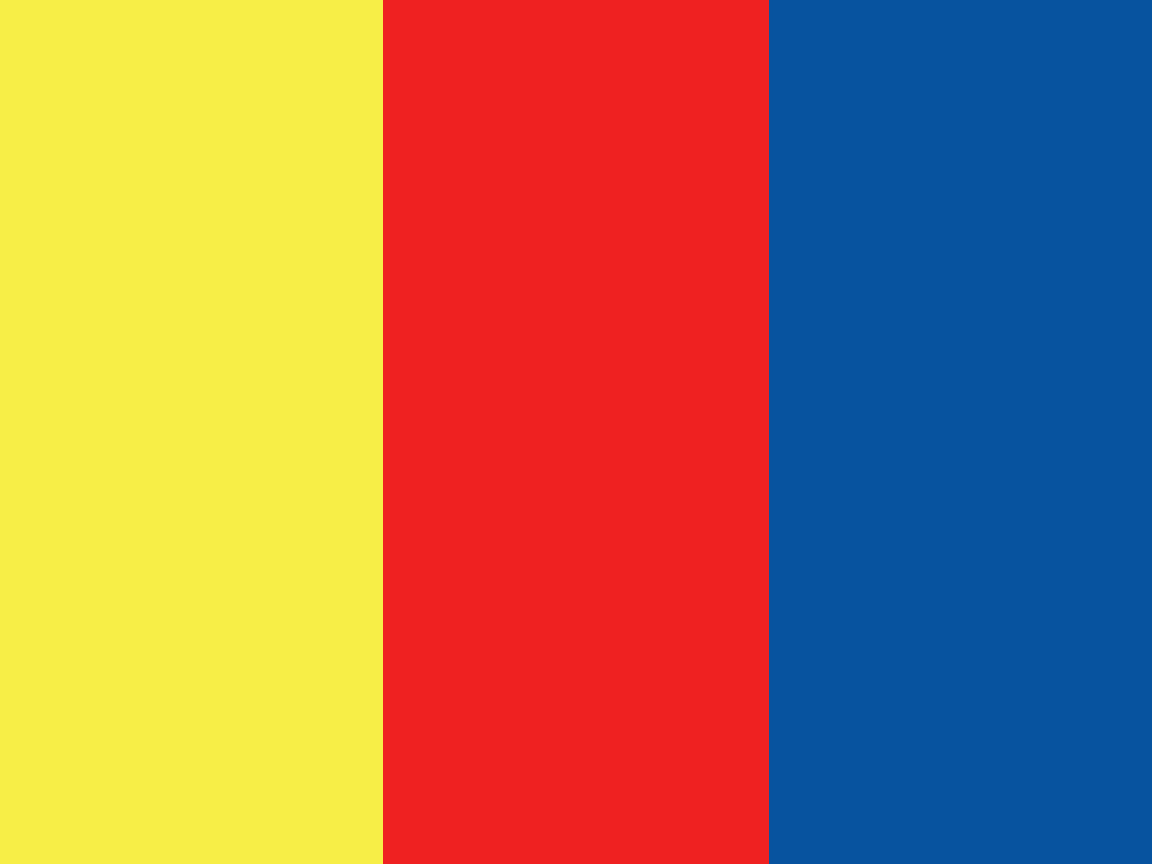
Red, orange, yellow are analogous colors. Check your color wheel! An analogous color scheme is composed of colors that are next to each other on the color wheel. This color combination feels cohesive and pleasing to the eye.
Which one is an example of monochromatic colors?
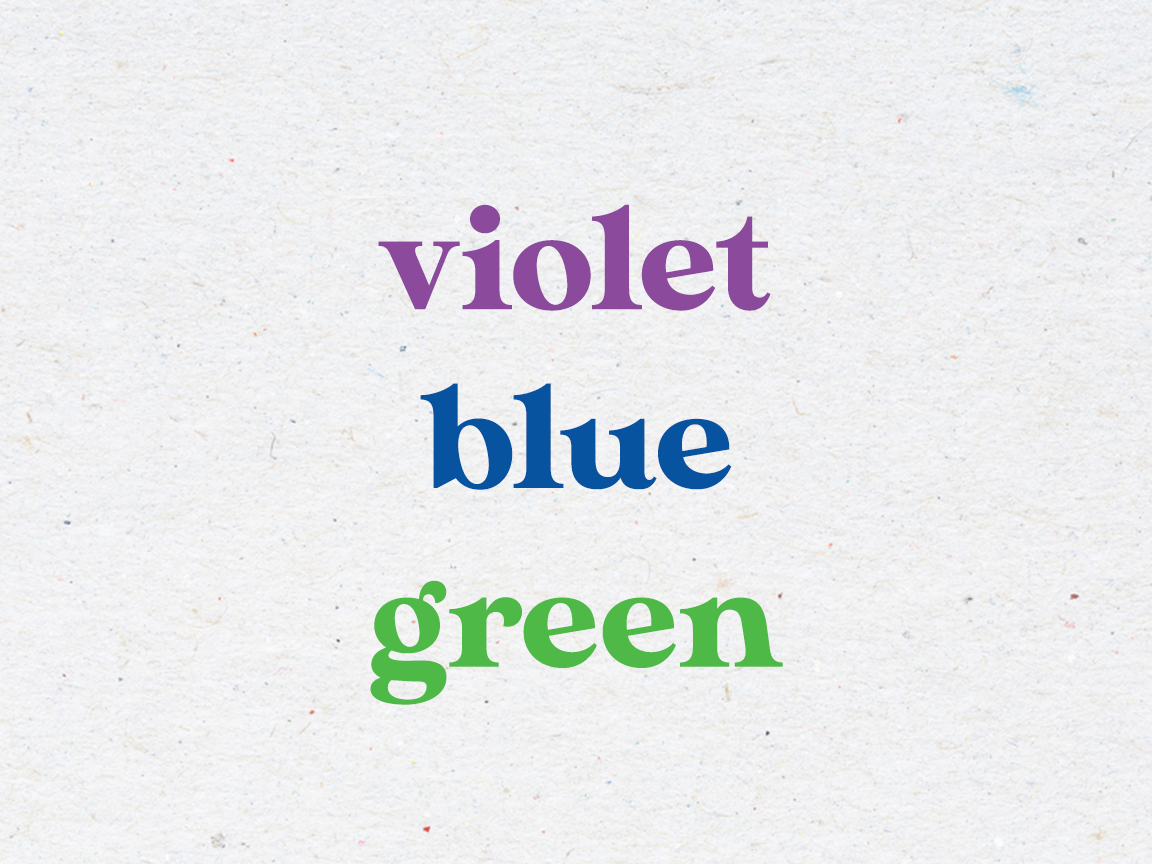
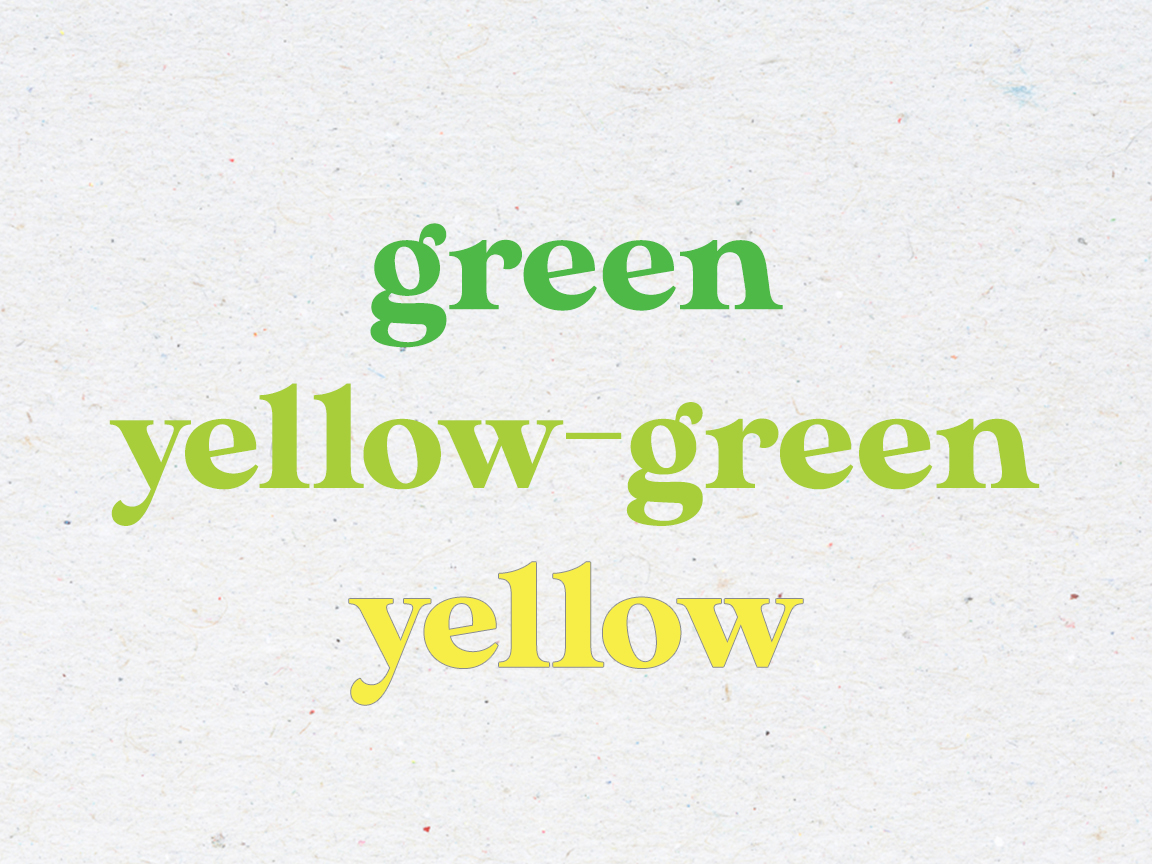
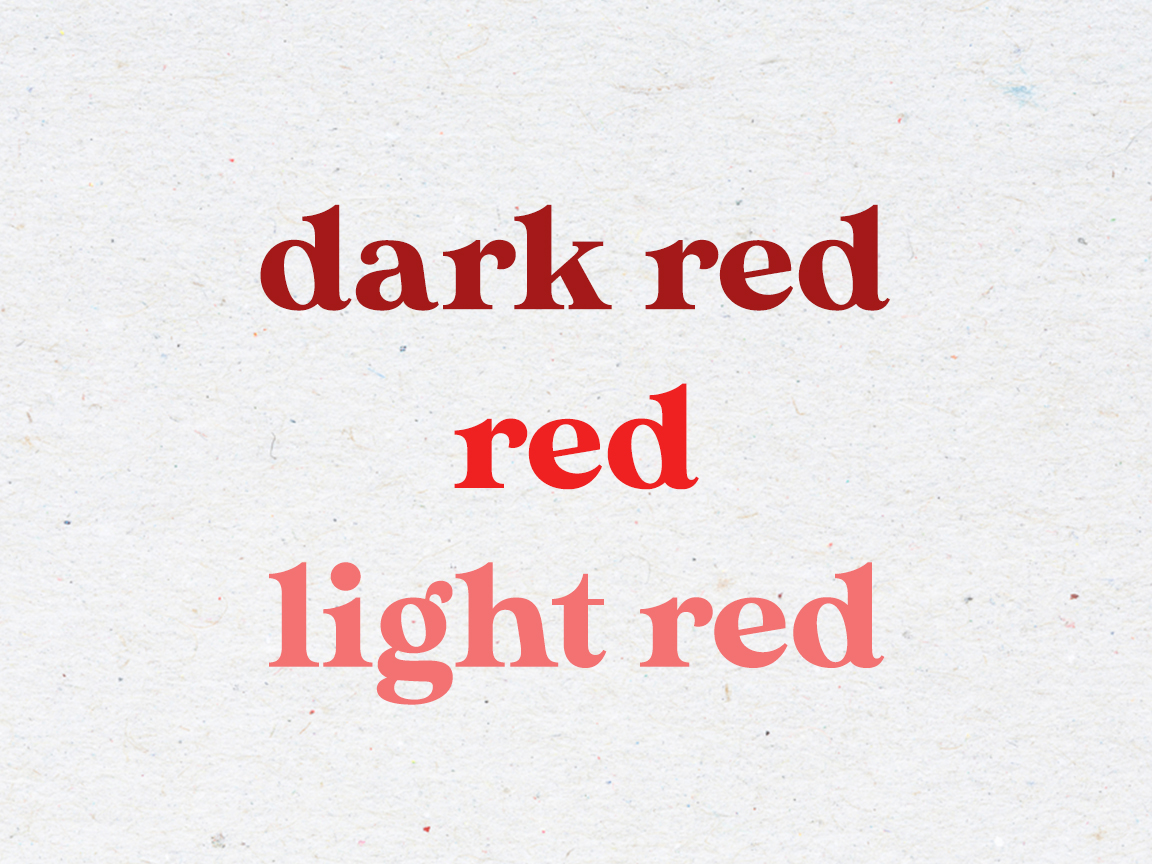
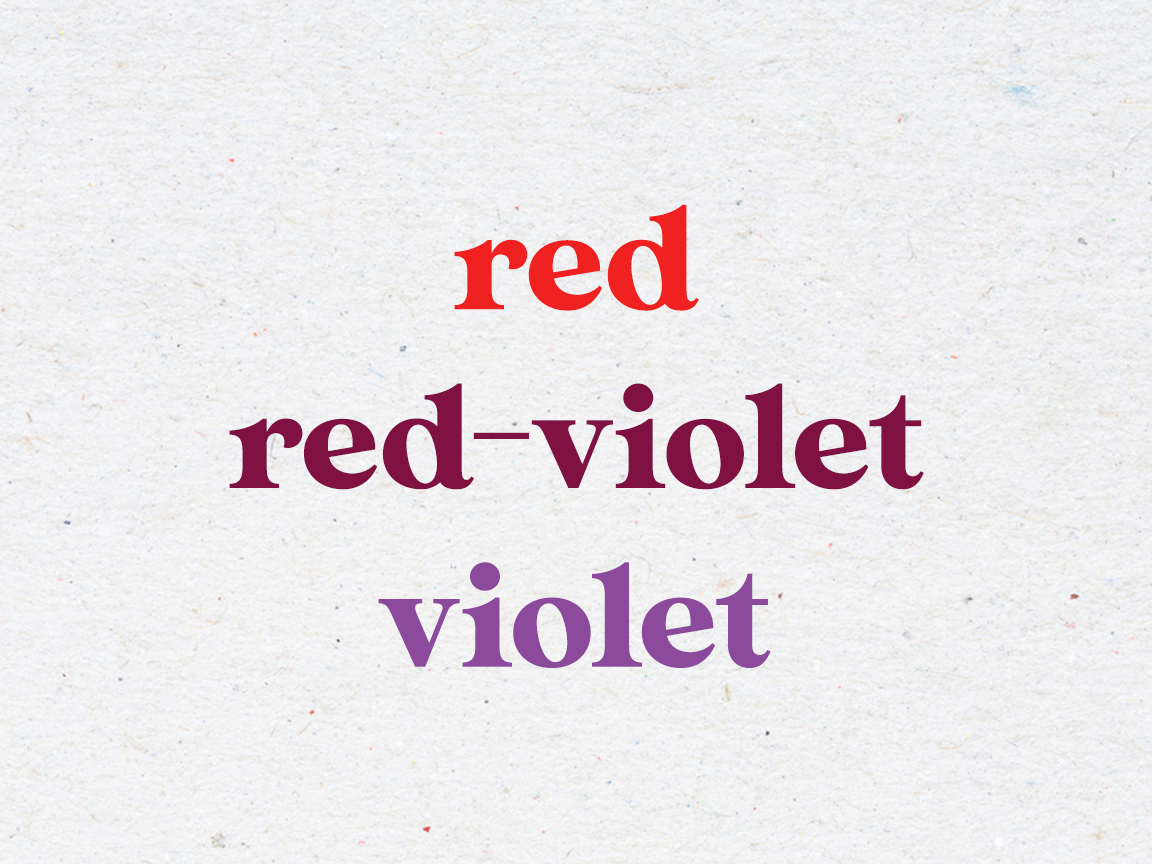
Monochromatic colors show the variations in lightness and saturation of a single hue.
Which one is an example of complementary colors?
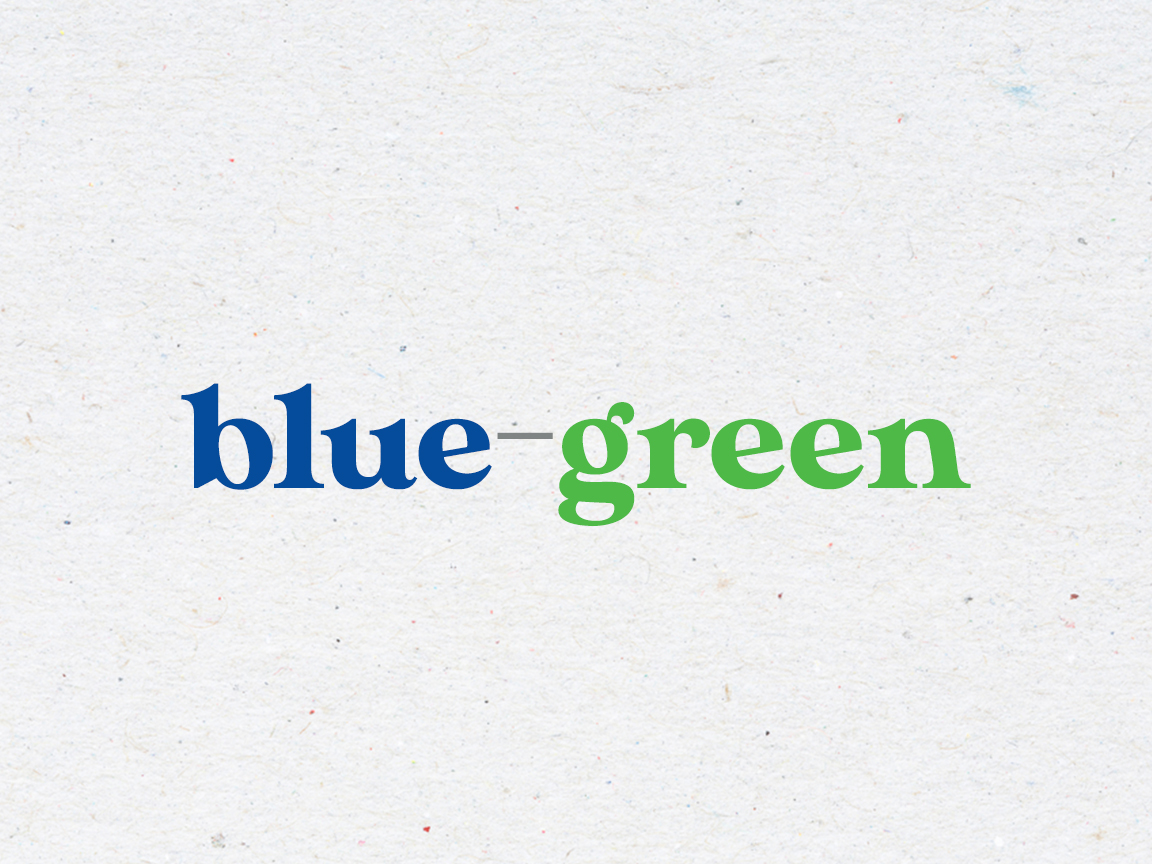
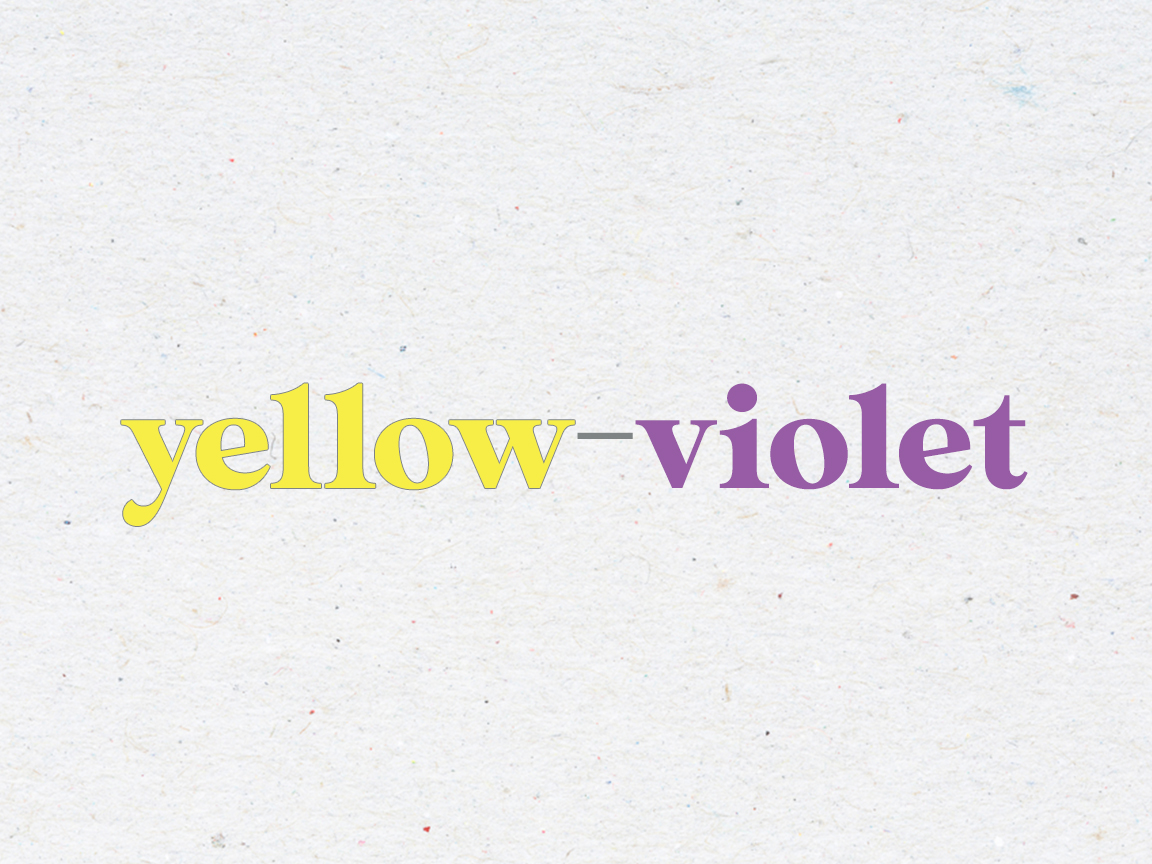
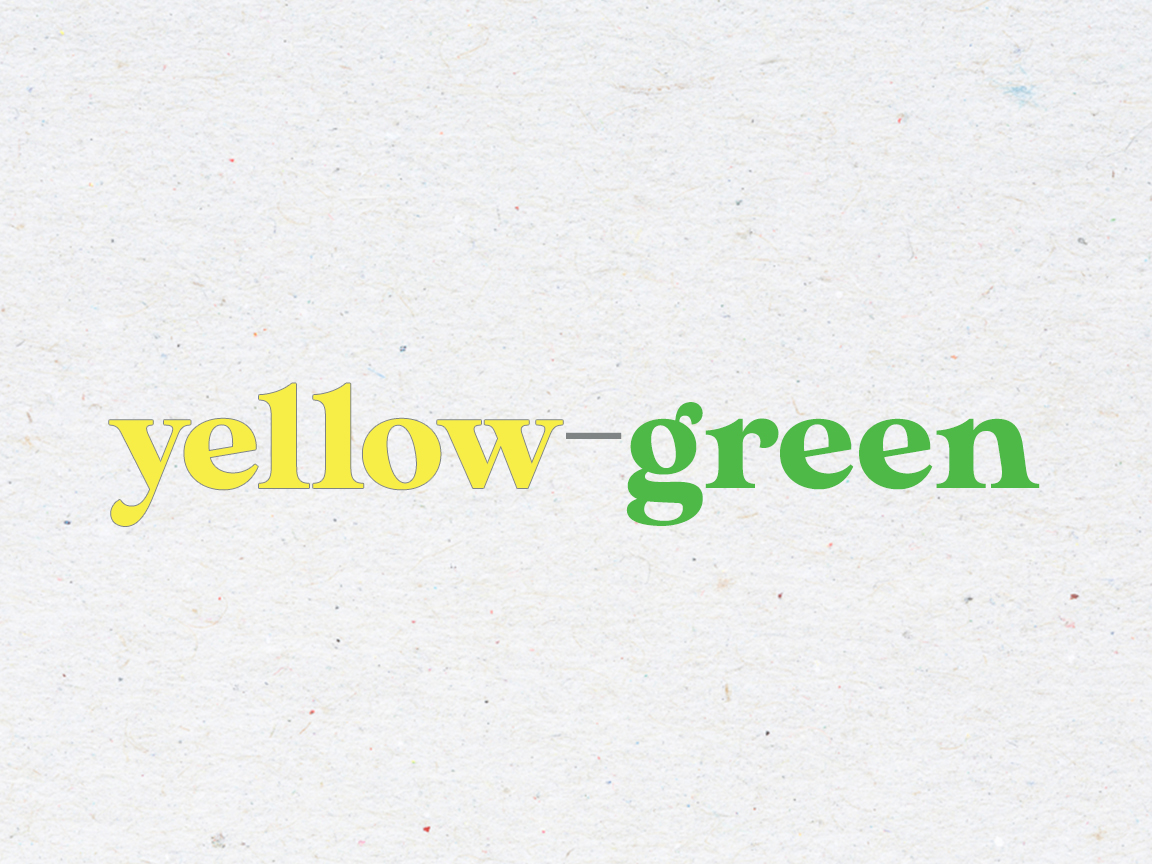
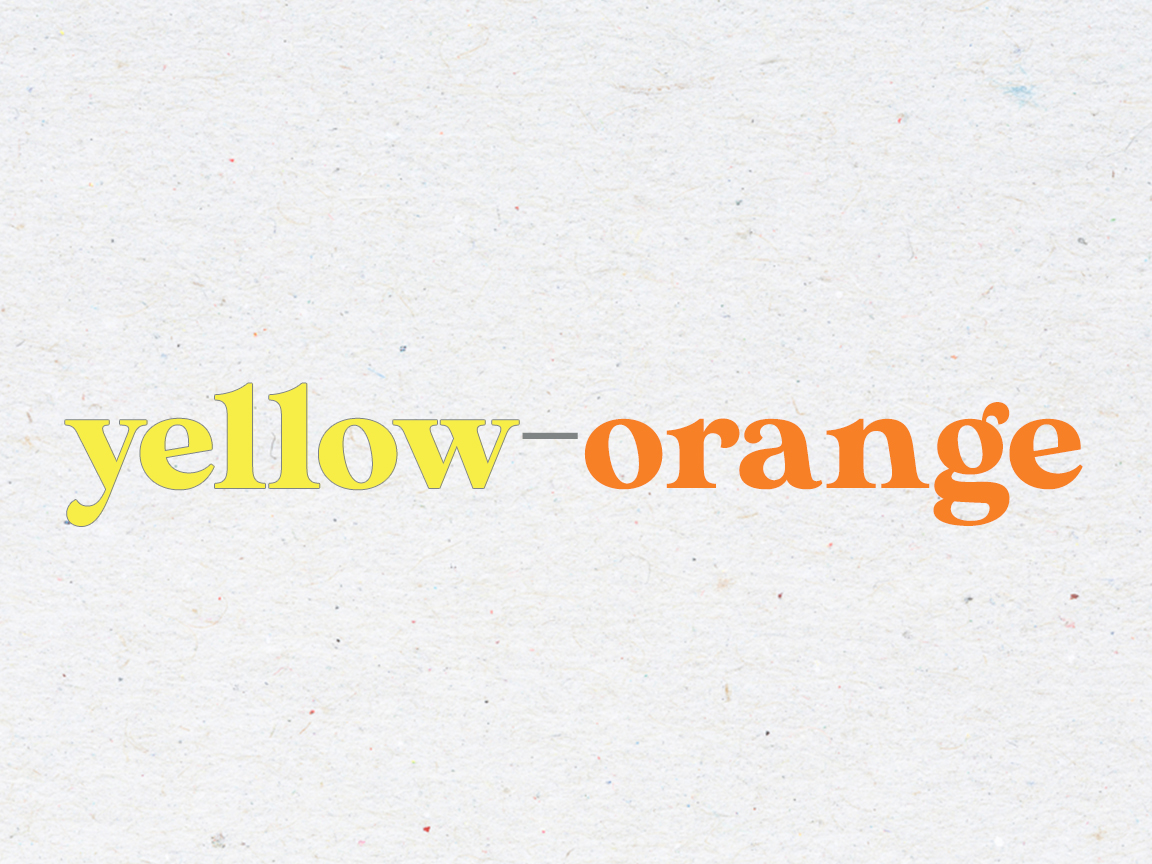
Red-green, orange-blue, and yellow-violet are all examples of complementary colors. Observe how these are opposite hues in the color wheel. These high-contrast and vibrant color combinations are perfect for active rooms!
What do you get when you add white to a hue?
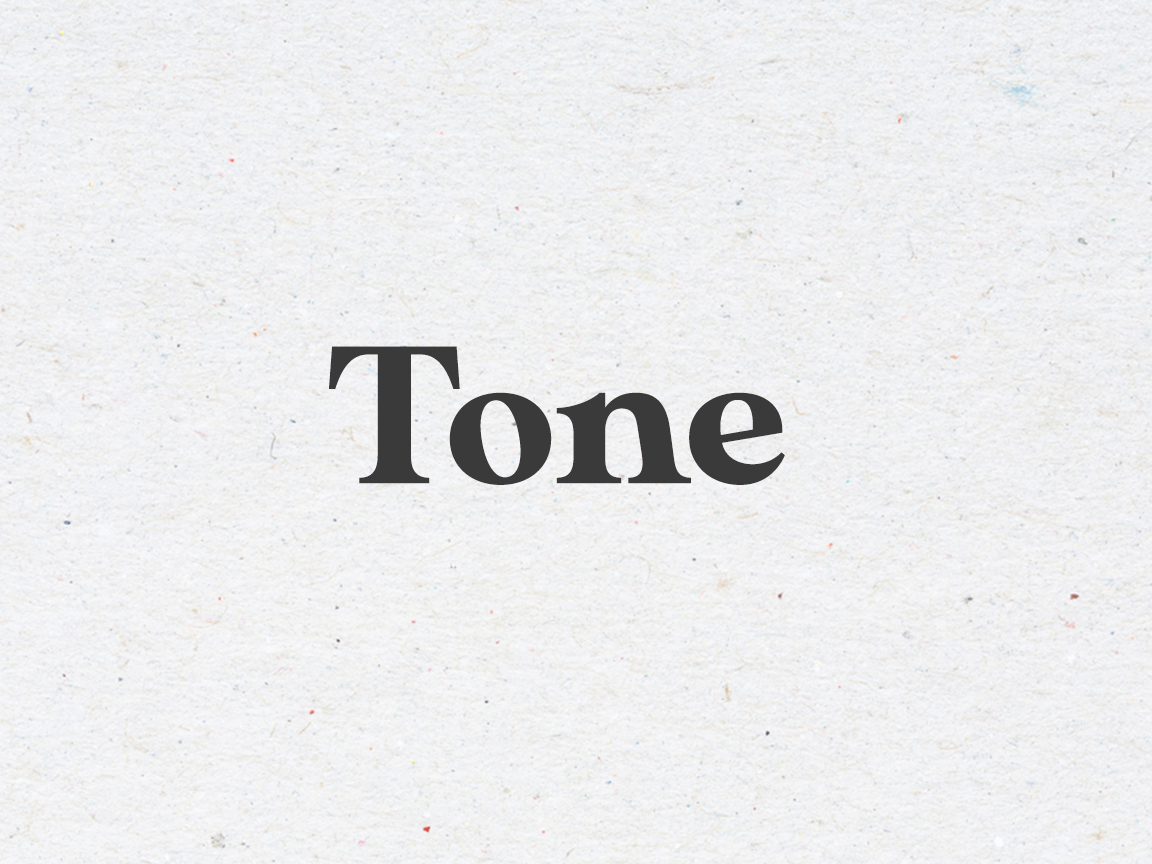
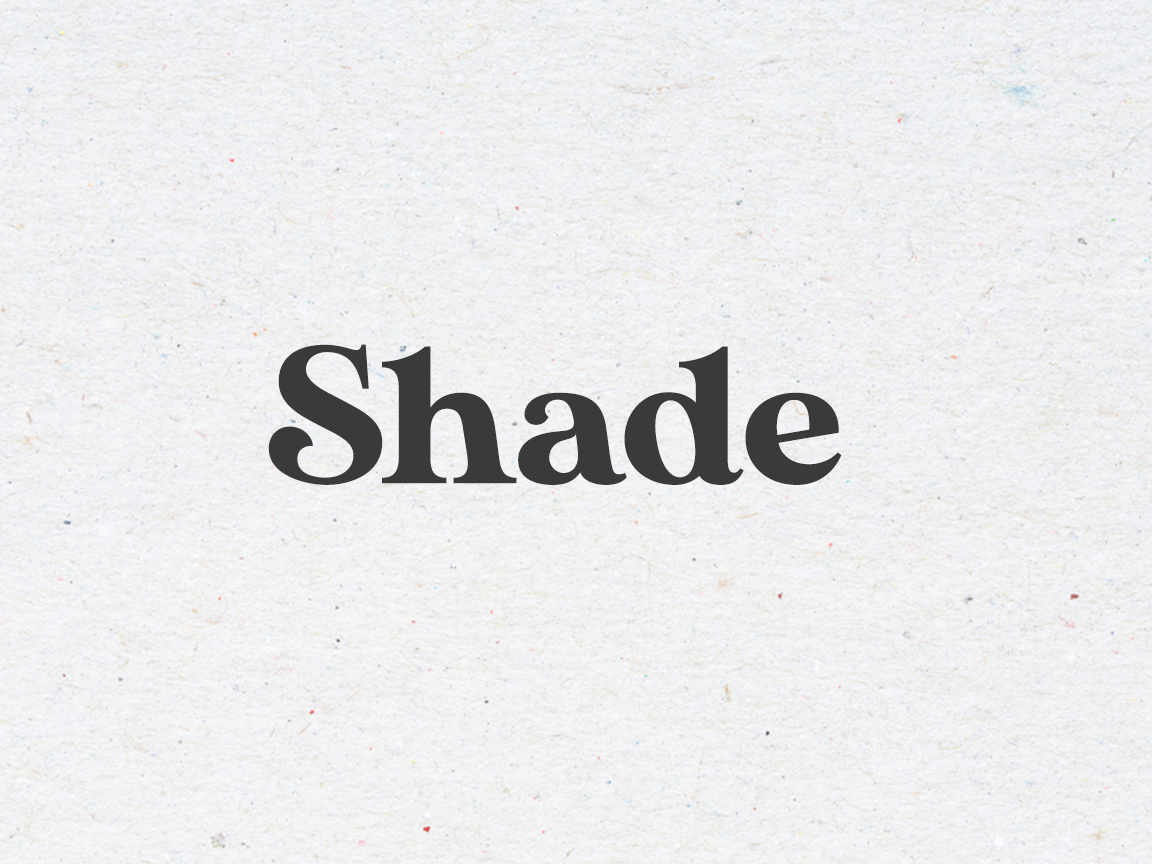
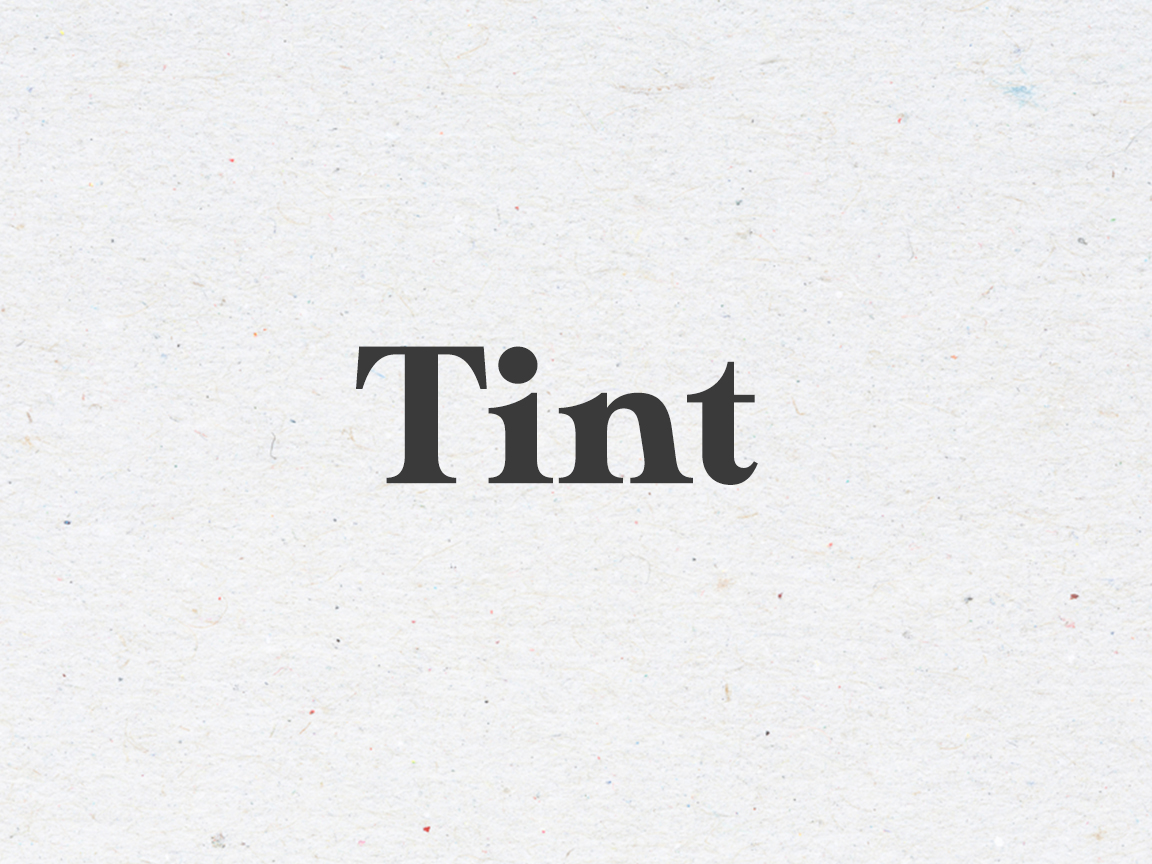
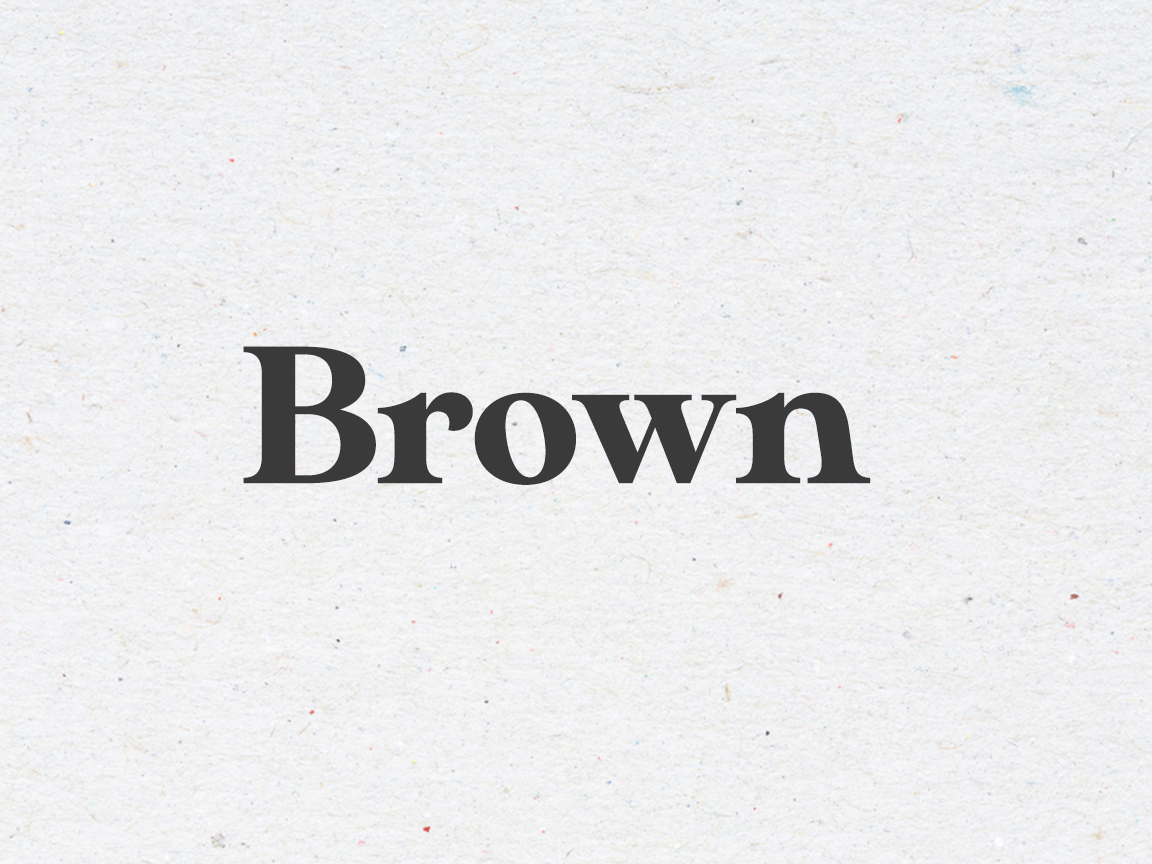
When you add white to a hue, you’ll get the tint of that color. For example, if you add white to red, you’ll get pink, which is a tint of red. When you’re painting and you want to reduce the darkness of a color, you can add white paint to colorants or ready-mixed paint.
What do you get when you add gray to a hue?
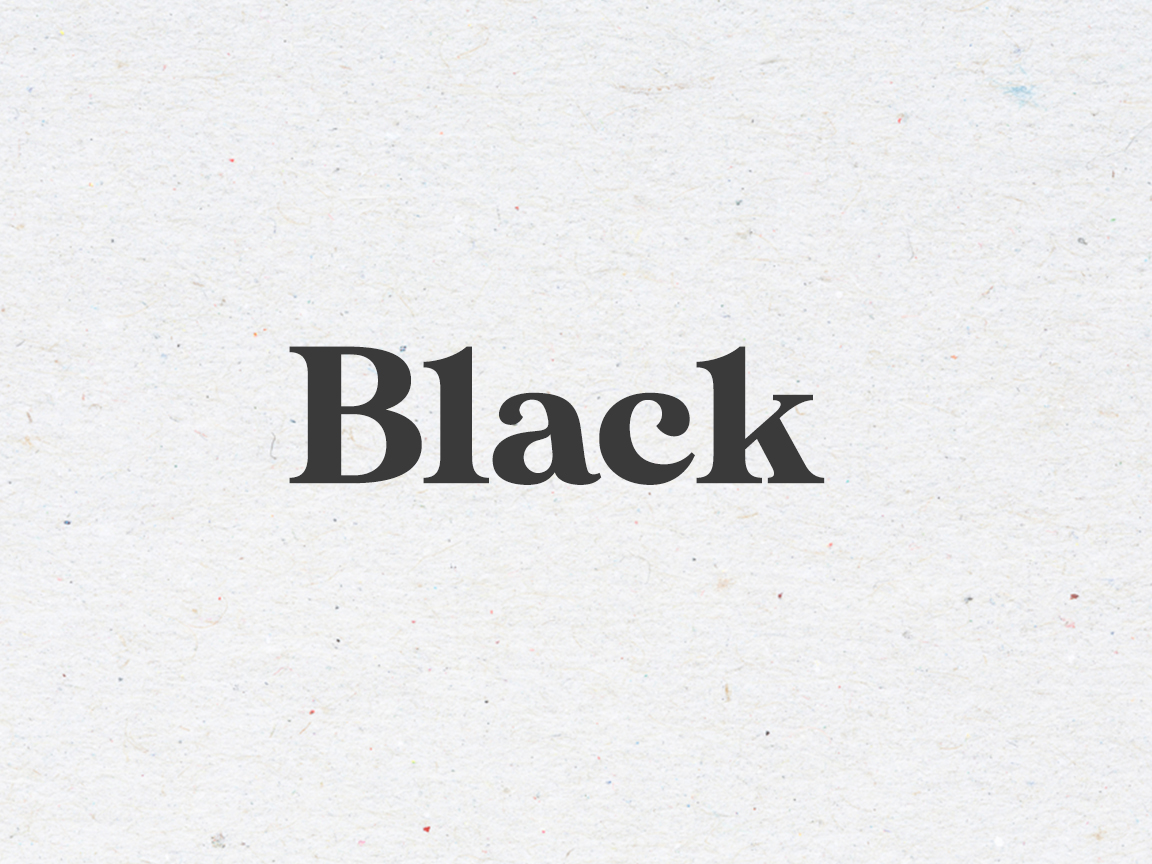
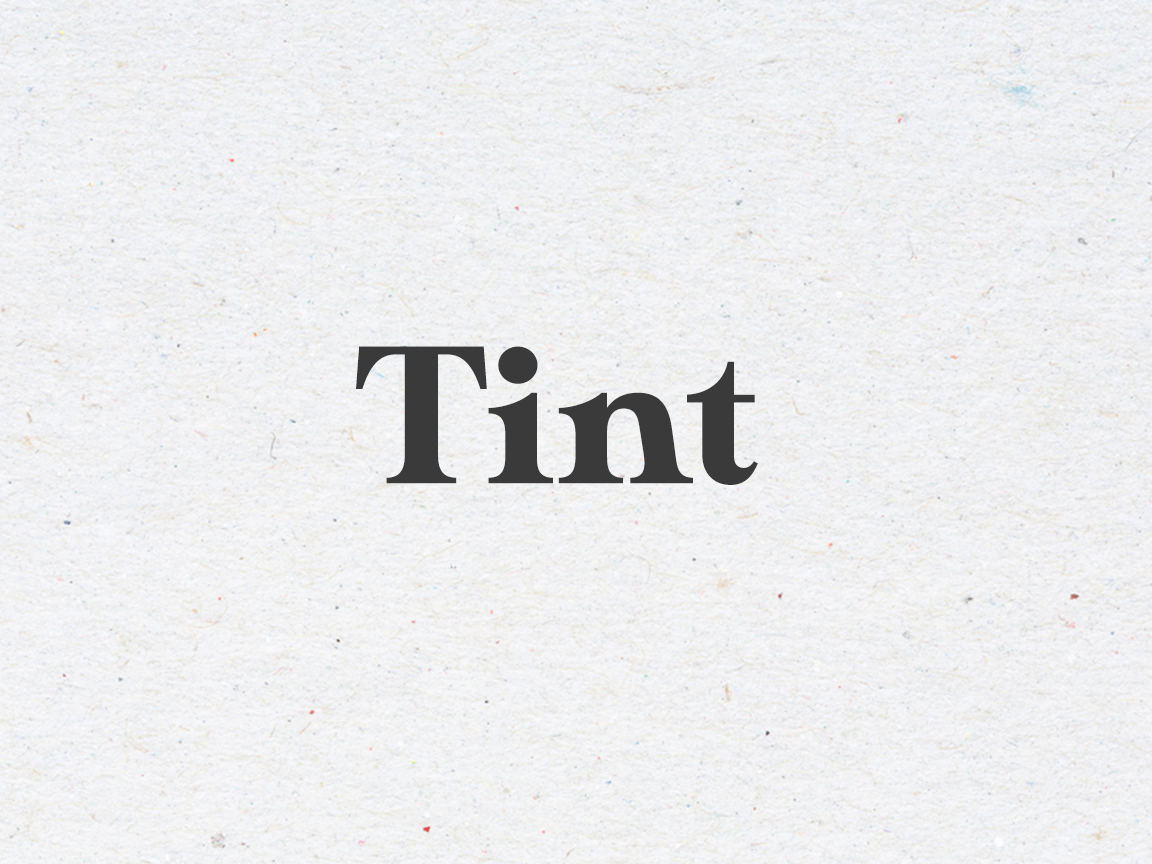
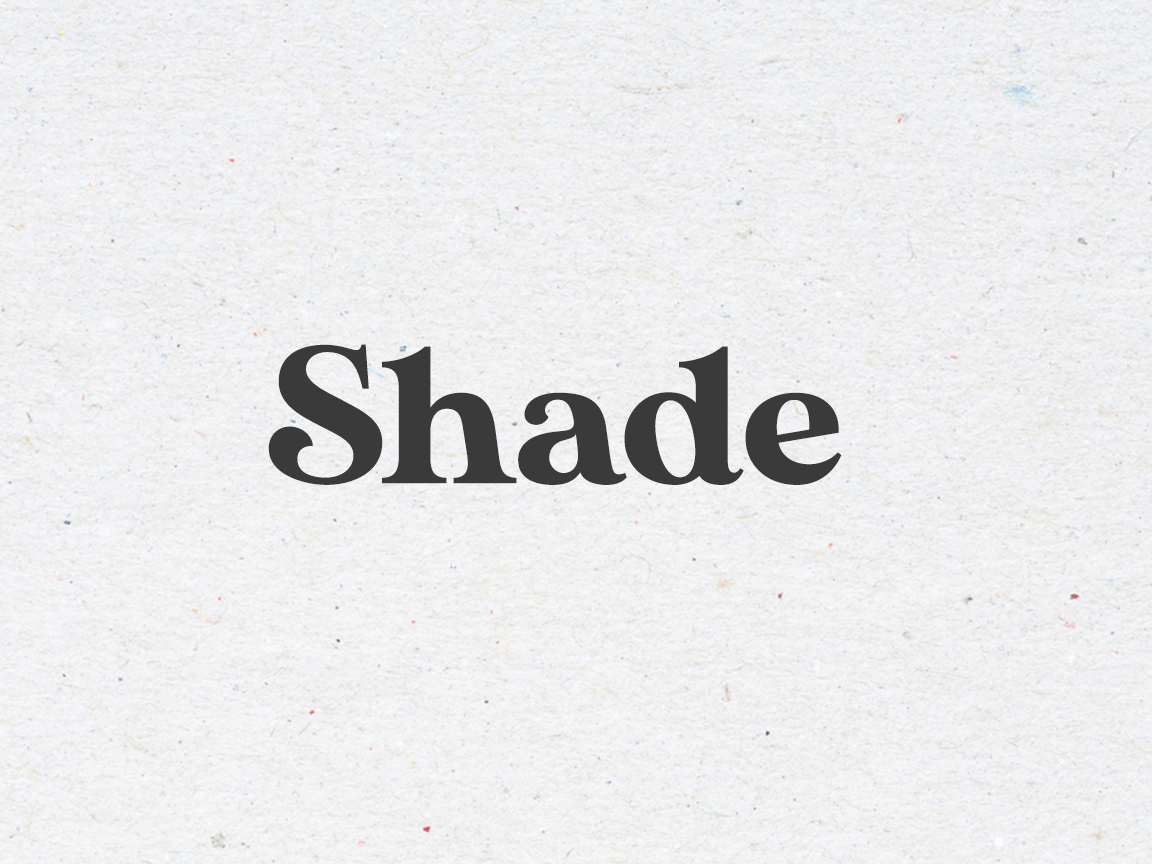
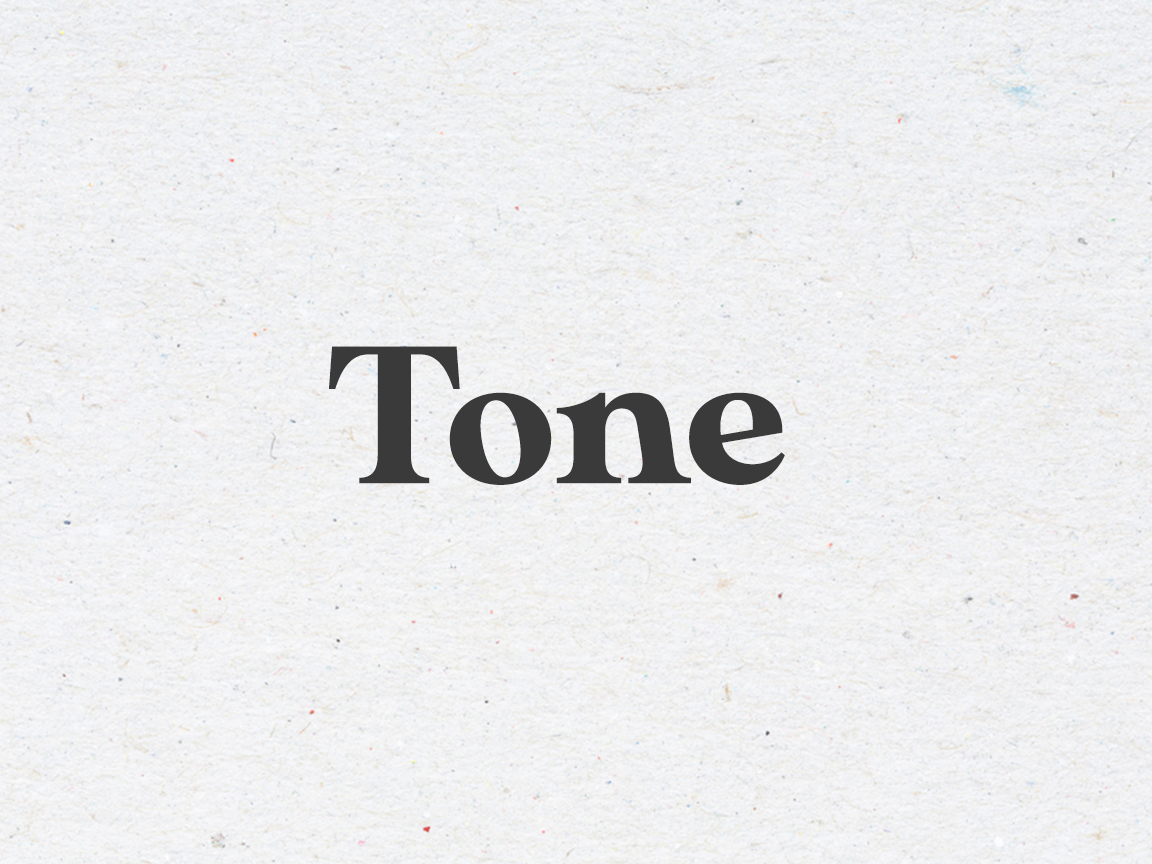
Tones are created when you add grey (both black and white) to a particular hue. In painting, you add grey to colorants or ready-mixed paint to lessen the intensity of a color.
What do you get when you add black to a hue?
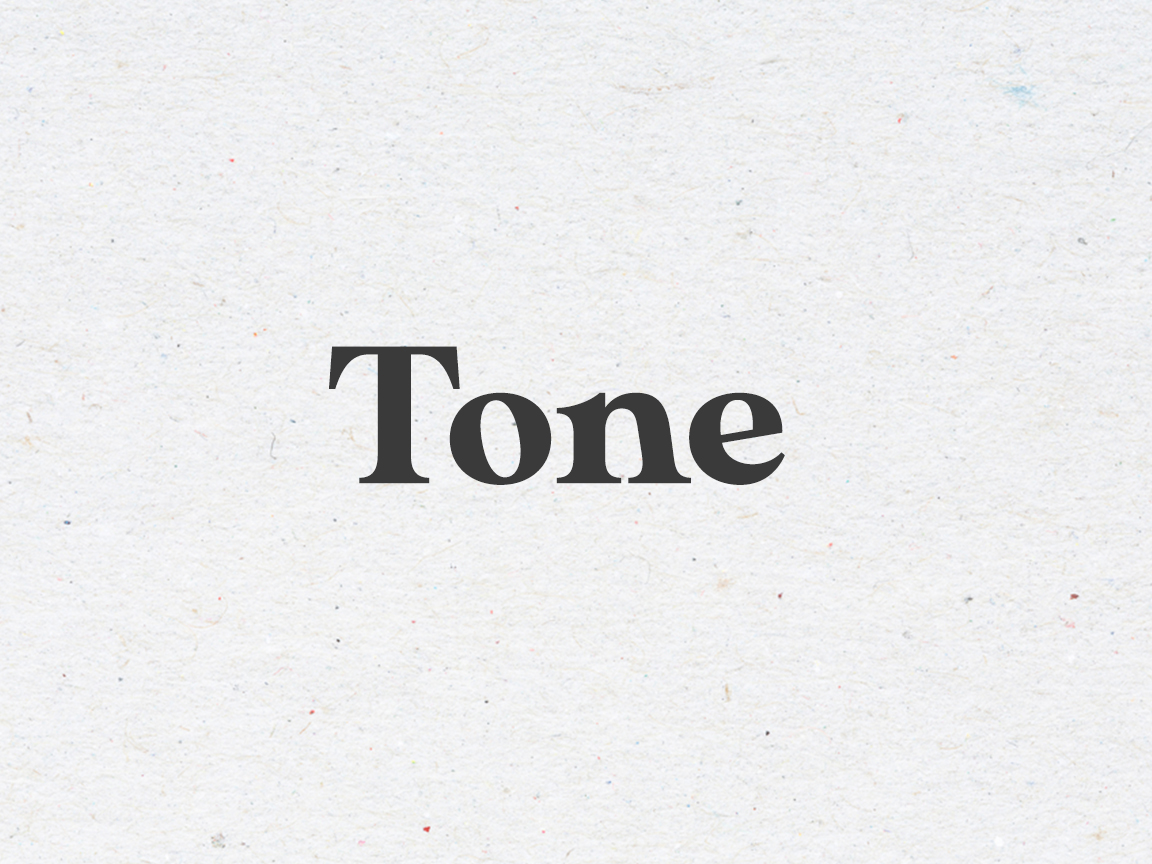
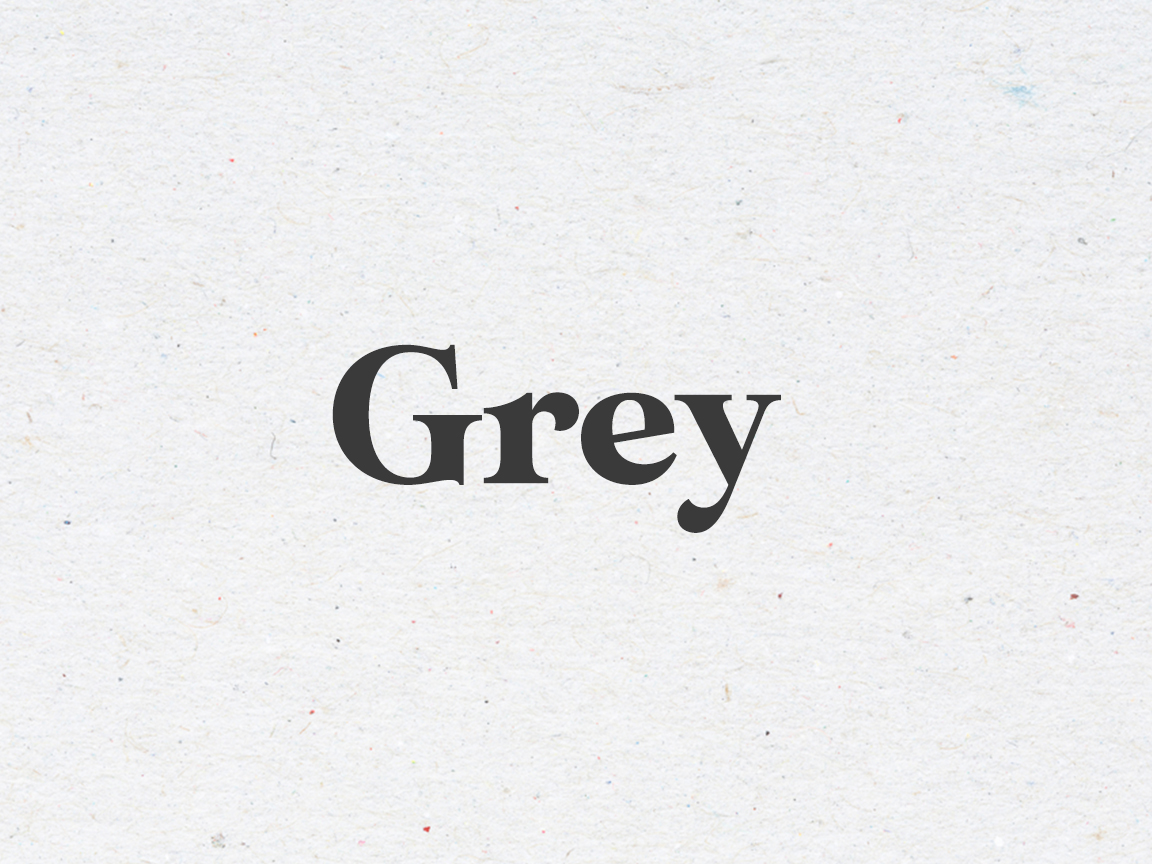
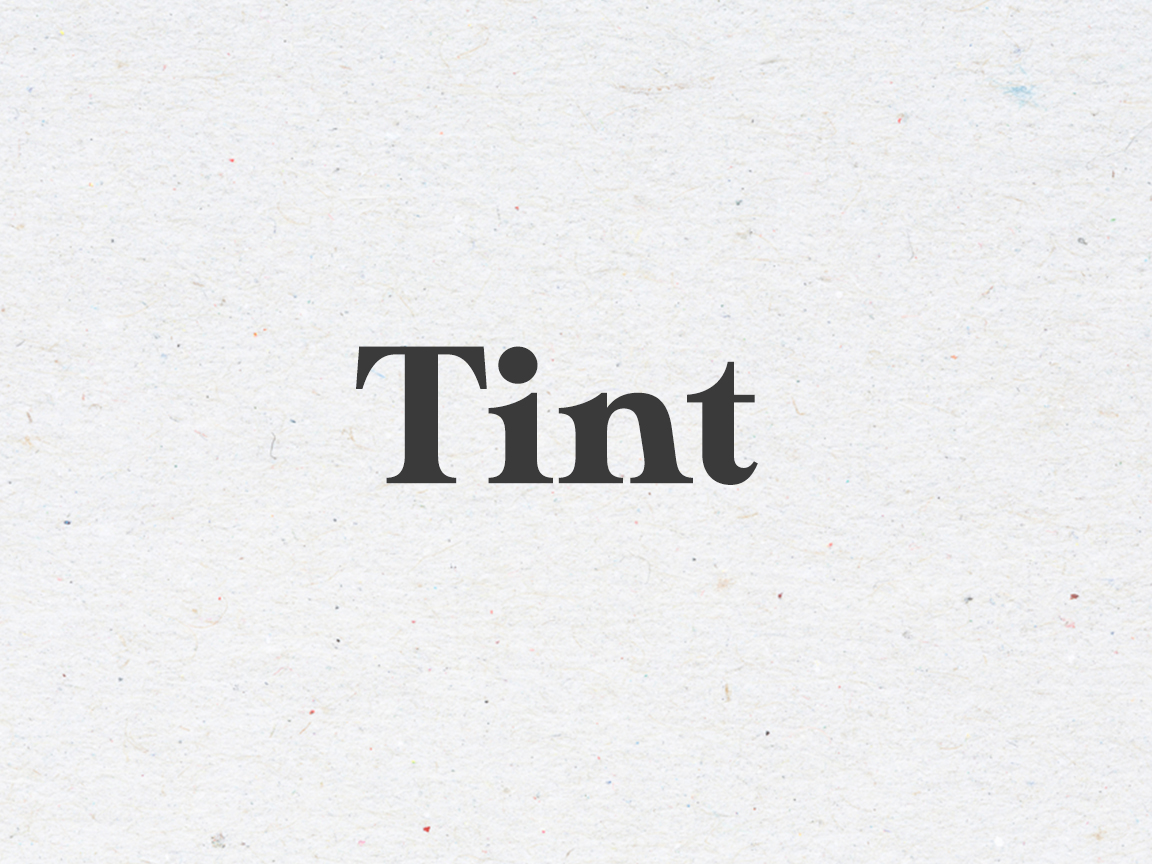
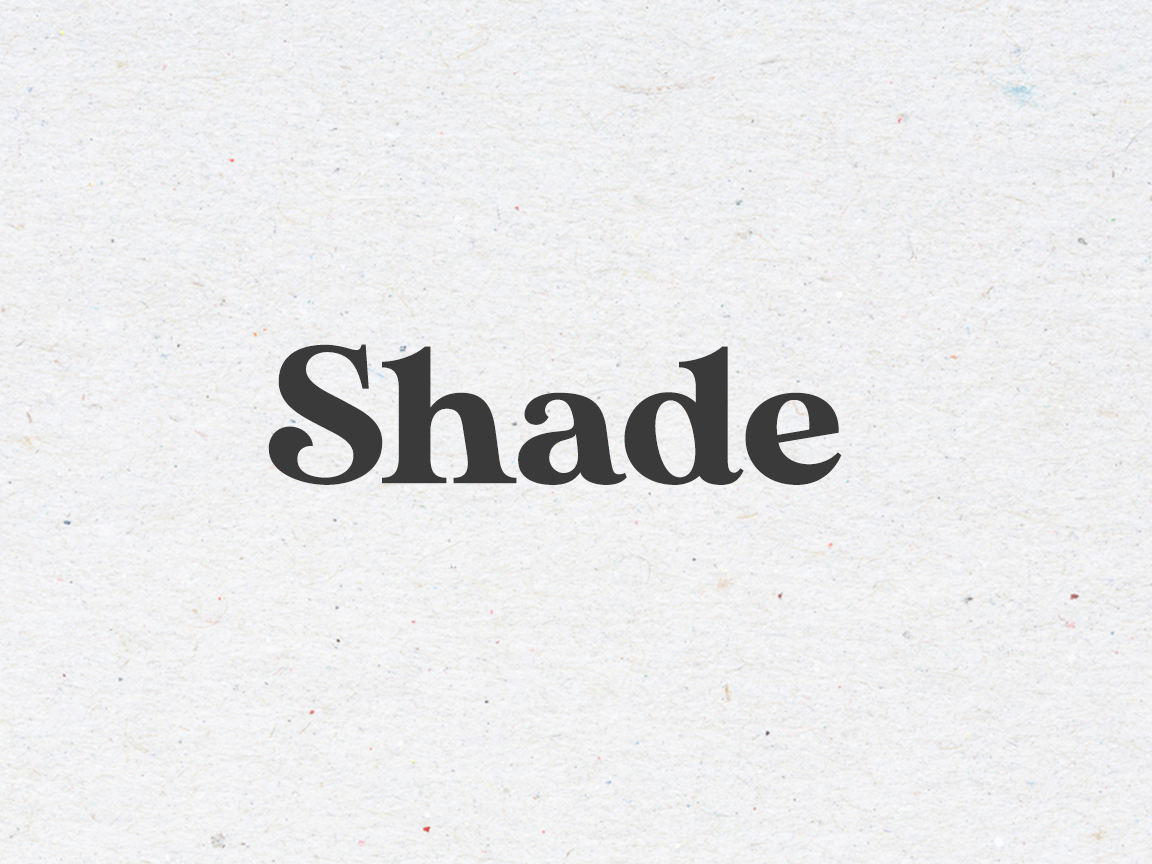
Adding black to a hue gives birth to shades! Shades are perfect for spaces where you want to create a moody and dramatic atmosphere. If you’re mixing your own colors, do this by adding black paint to colorants or ready-mixed paint.
What is the ideal ratio of Boysen Colorant to Boysen paint?
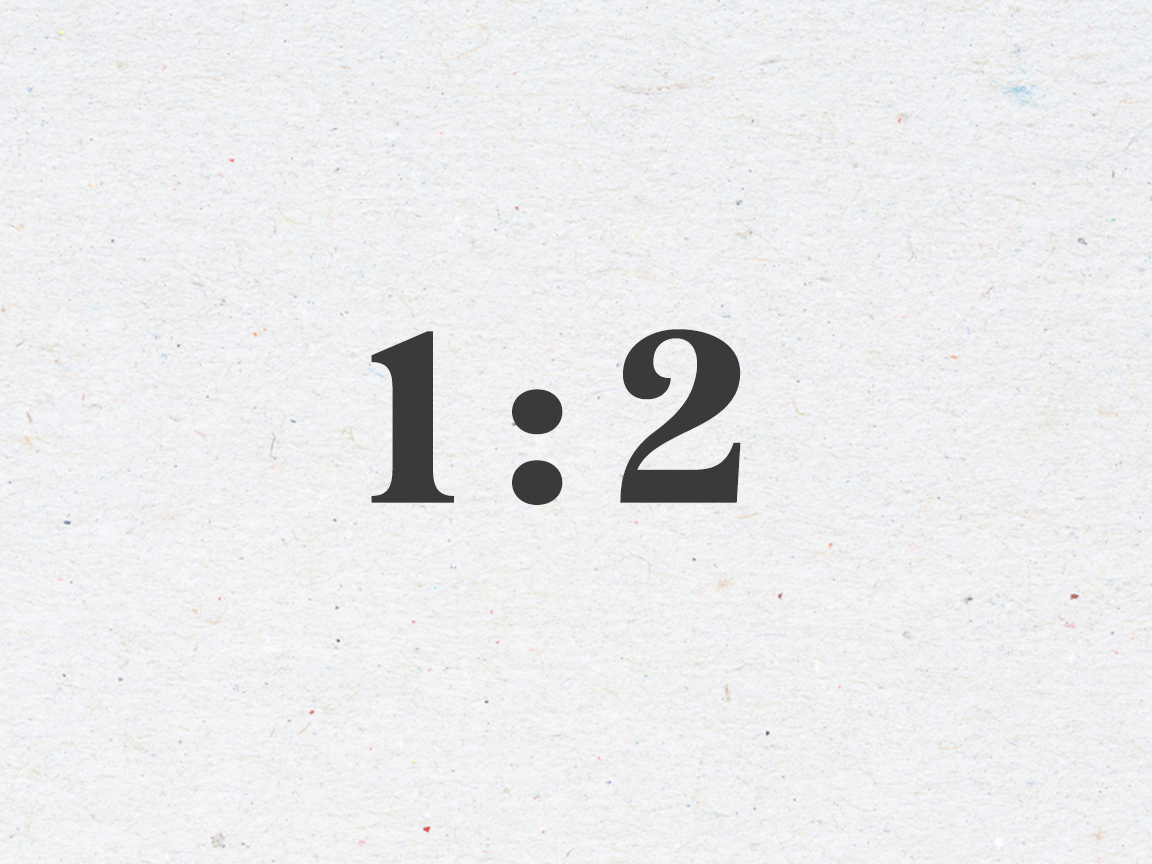
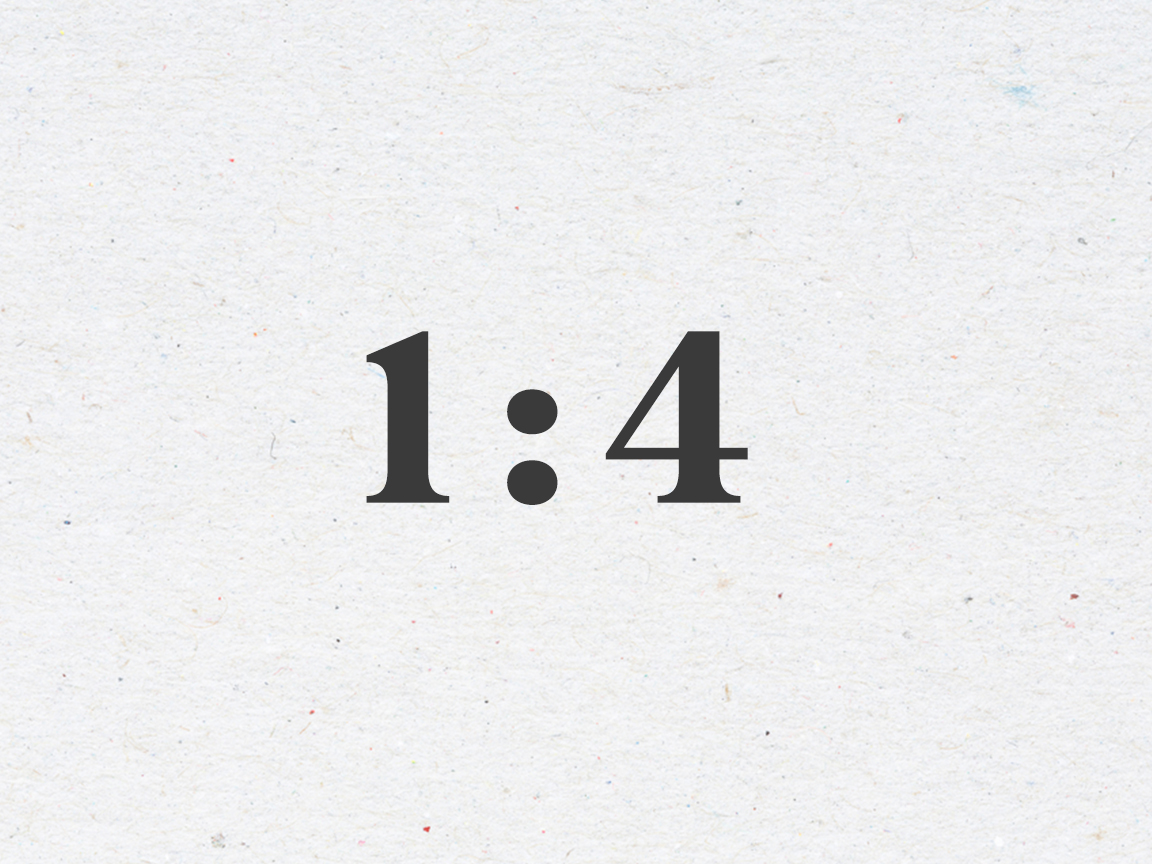
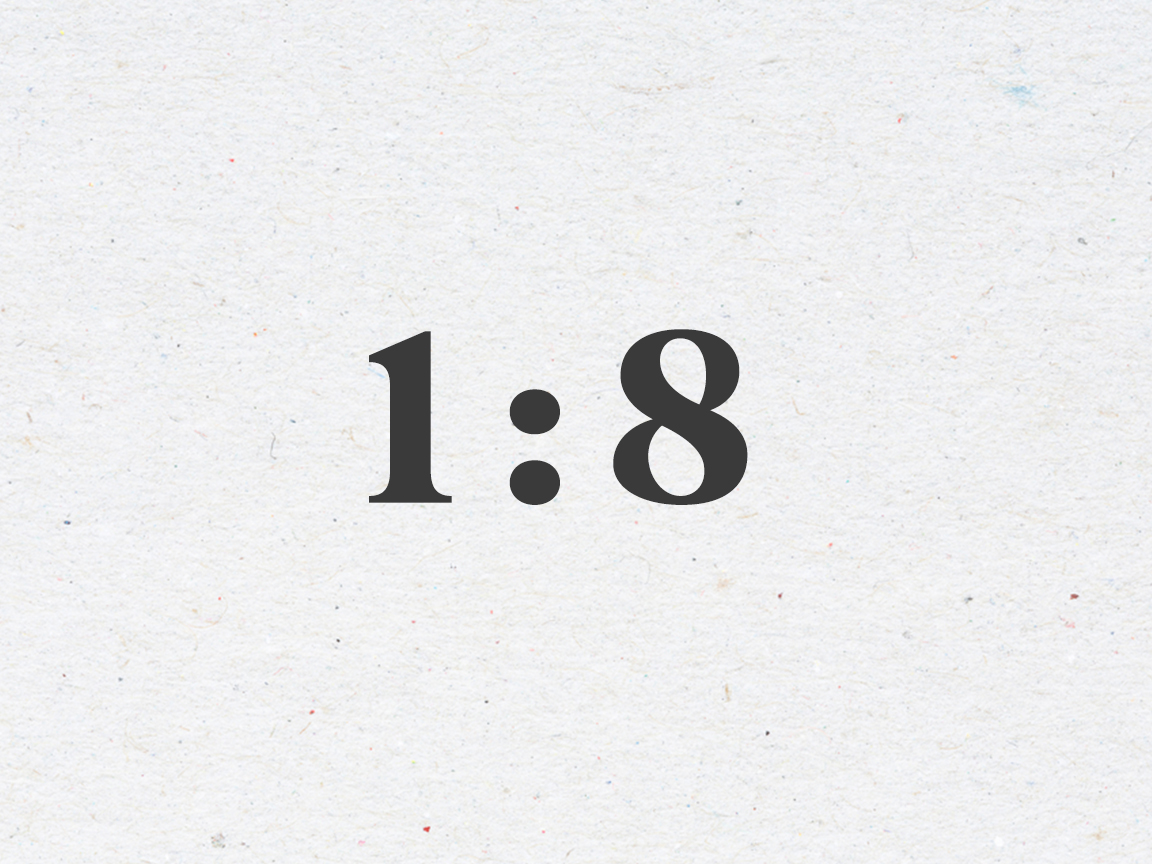
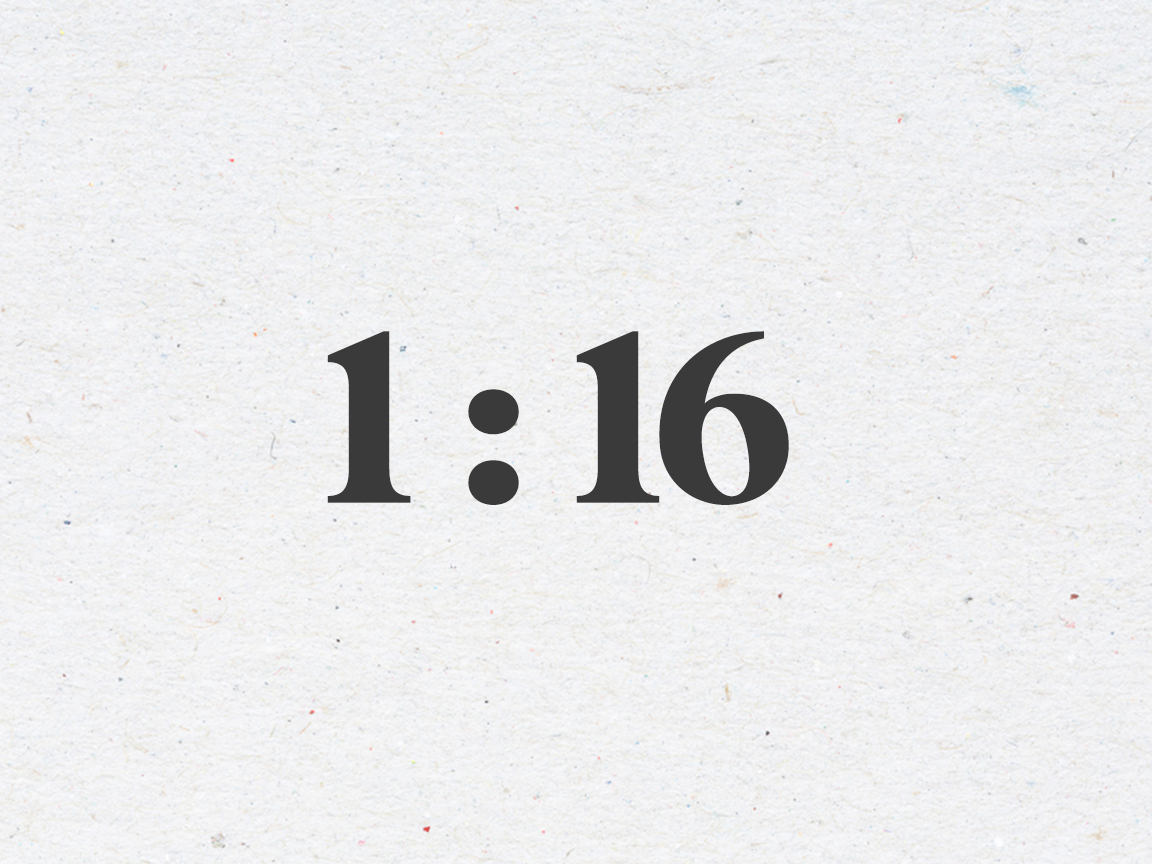
1:16 is the magic ratio of Boysen Colorant to Boysen paint. For example, if you have 1 liter of colorant, then you need 16 liters of white paint. Follow this ratio at all times to keep the stability of the paint.
Share results:
Can you pass this color test with flying colors?
If this test is easy peasy for you, then you might like to take this pro-level quiz about the Duco paint finish.
Subscribe to this blog for more fun quizzes, wall paint design ideas, and DIY video tutorials.
We love to help you achieve your painting goals. If you’ve hit a roadblock, don’t hesitate to reach out. Call our friendly Technical team at (02) 8363-9738 local 417 to 418 during office hours or send a message to ask@myboysen.com.




